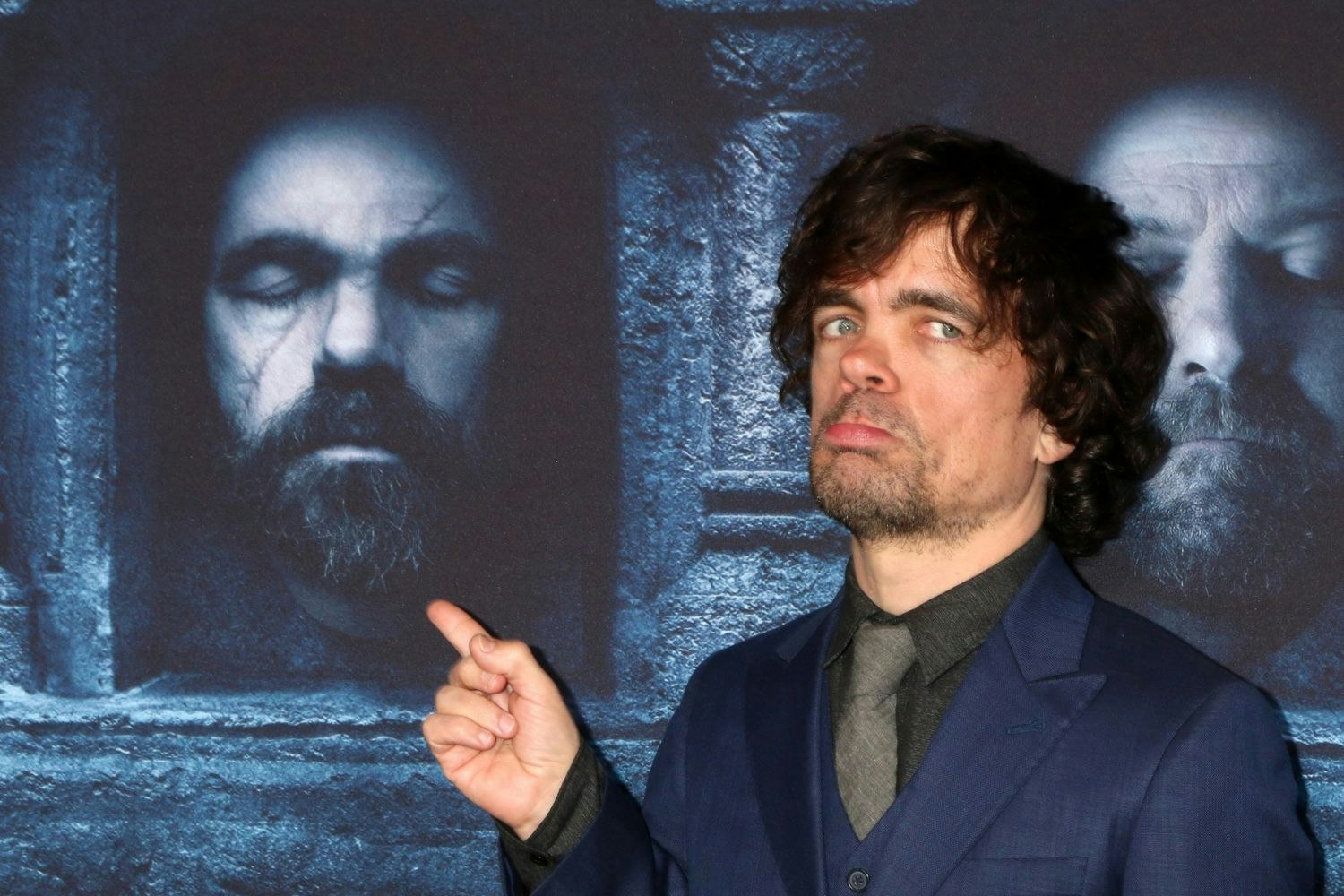Did you know these five television characters with disability?

Television possesses a remarkable capacity to shape our perspectives, question established societal norms and champion diversity and inclusion.
In recent years, popular culture has made significant progress in representing characters with disability, shattering stereotypes and showcasing the strength, resilience and humanity of those grappling with physical or cognitive challenges.
Within this Disability Support Guide article, we delve deep into the lives of five exceptional television characters with disability. Our objective is to underscore their significance in challenging preconceptions, fostering inclusivity and showcasing the resilience and humanity of individuals with disability in the realm of television.
Tyrion Lannister — Game of Thrones
Tyrion Lannister, portrayed by Peter Dinklage, is one of the most iconic characters in the critically acclaimed series Game of Thrones. Standing at just under four-foot tall, Tyrion is a dwarf in a world filled with political intrigue, betrayal and violence.
His character defies the expectations placed upon him due to his physical disability. Tyrion’s wit, intelligence and sharp tongue make him one of the most cunning and beloved characters in the series. He demonstrates that physical limitations need not define a person and his journey is a testament to the strength of the human spirit.
What makes Tyrion’s character even more compelling is how the show addresses the stigma and discrimination that people with dwarfism often face in real life. Tyrion’s struggles mirror those of many individuals with disability who must navigate a world that frequently discriminates against them. His journey resonates with viewers who can empathise with the challenges he faces.

Artie Abrams — Glee
Glee was a groundbreaking show for its representation of diversity and inclusion, with Artie Abrams, portrayed by Kevin McHale, a character who embodies this.
Artie is a talented high school student who uses a wheelchair due to a spinal cord injury. Despite his disability, Artie is passionate about music and joins the school’s glee club, where he not only sings but also dances with remarkable skill and enthusiasm. Artie’s character reminds us that people with disabilities can be just as talented, ambitious and determined as anyone else, in addition to deserving equal opportunities to pursue their passions.
In Artie’s character, we see the importance of inclusive spaces and the belief that everyone, regardless of their physical abilities, should have the chance to follow their dreams. His portrayal sends a powerful message about the potential that lies within each individual, irrespective of their disability.

Walter White Jr — Breaking Bad
Breaking Bad is a gritty and intense crime drama series that features RJ Mitte in a pivotal role as Walter White Jr, who has cerebral palsy. Mitte himself has the same condition, adding authenticity to the character. The show portrays Walter White Jr’s journey as he navigates the complexities of his father’s descent into the criminal underworld. The character’s disability is integrated into the storyline without defining him solely by it. This portrayal is a significant step forward in portraying people with disability on television, showing that individuals with disabilities are fully capable of participating in complex narratives and having multi-dimensional lives.
RJ Mitte’s portrayal not only brings authenticity to the character but also demonstrates that individuals with disabilities can excel in roles that do not revolve around their disabilities. It showcases that they can participate in any aspect of life, including intense, morally complex situations.

Corky Sherwood — Life Goes On
In the late ’80s and early ’90s, Life Goes On was a groundbreaking show for its time, primarily because it featured a lead character with Down syndrome. Corky Sherwood, portrayed by Chris Burke, brought the challenges and joys of living with Down syndrome to the forefront. The show depicted Corky’s life, his dreams and his determination to live a fulfilling life, challenging societal prejudices and stereotypes. Corky’s character paved the way for greater awareness and understanding of individuals with Down syndrome and his presence on the show inspired countless viewers.
Corky Sherwood’s character served as a powerful advocate for those with Down syndrome, promoting understanding and acceptance. His character was a beacon of hope for individuals with disabilities and it marked a significant moment in the history of disability representation in television.
Abed Nadir — Community
Abed Nadir, played by Danny Pudi in the sitcom Community, is a character who has a unique perspective on the world. While his disability is not physical, Abed lives with Asperger’s syndrome, which affects his social interactions and understanding of emotions. Abed is a pop-culture enthusiast and often sees the world through the lens of TV and film references. His character provides a valuable insight into the lived experience of individuals on the autism spectrum and shows that neurodiversity can bring a refreshing and unique perspective to any group.
Abed Nadir’s character in Community highlights the importance of embracing neurodiversity and understanding the unique talents and insights that individuals with Asperger’s syndrome can bring to the table. He challenges stereotypes and encourages viewers to appreciate the diversity of human experiences.
These five remarkable characters discussed in this article are just a few examples of how television can inspire, entertain and promote a more inclusive and accepting society.
These characters serve as reminders that individuals with disabilities are not defined by their conditions, but by their humanity, resilience and the richness of their characters. By celebrating and supporting the representation of diverse abilities on television, we take a significant step toward a more inclusive and compassionate world.